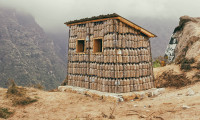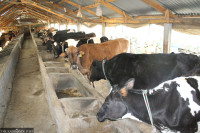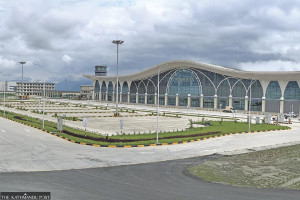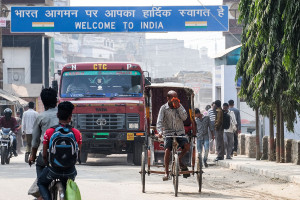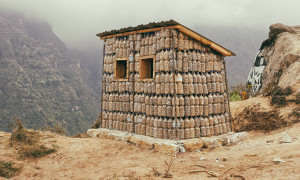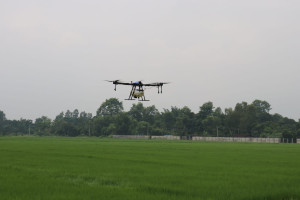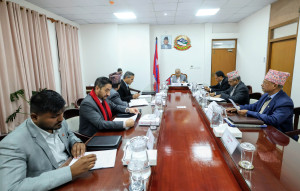Money
Everest to no longer be anybody’s climb
When open-to-all regime ends, a mountaineer must have summited a 7,000-metre peak before attempting Everest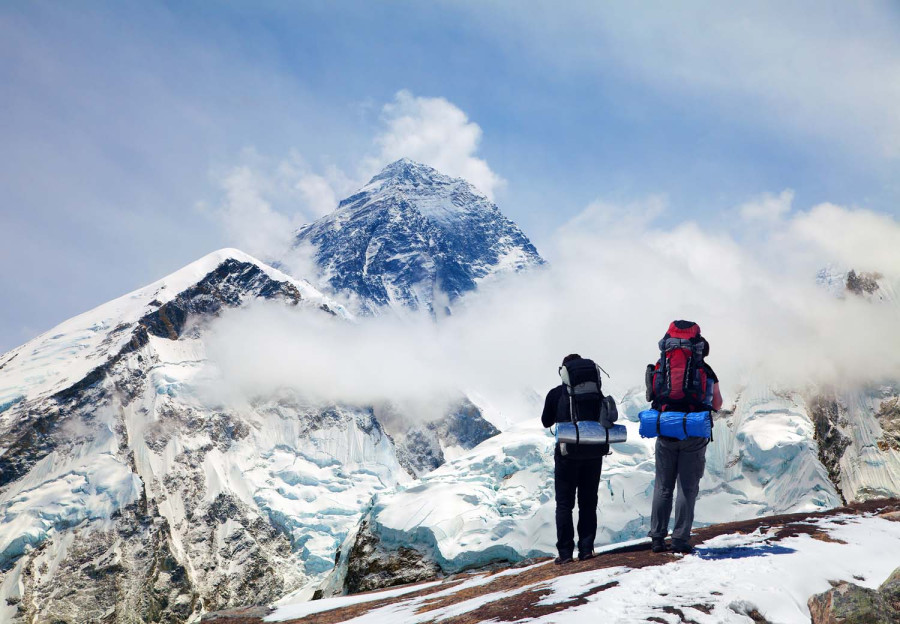
Sangam Prasain
In the heart of the Himalayas, where dreams soar as high as the mountains themselves, Nepal is drawing a new line in the snow.
No longer will just any climber with ambition and a permit be able to attempt the world’s highest peak—Mount Everest. A new draft law says: Prove yourself first.
The 8,848.86-metre Everest is about to get a stricter gatekeeper.
According to the Integrated Tourism Bill registered in Nepal’s upper house of Parliament on April 18, any climber wishing to set foot on Everest must first have conquered a mountain over 7,000 metres.
This isn’t the first time Nepal has tried to raise the bar.
Back in 1995-96, the government had made it compulsory for potential climbers to summit a 6,000-metre peak before tackling Everest. But that rule didn’t last. As the number of climbers plummeted, pressure from expedition operators and foreign mountaineers forced the government to back down.
Ang Tshring Sherpa, a veteran mountaineering expert and former president of the Nepal Mountaineering Association, remembers it well.
“The intent was good. The government wanted climbers to be prepared for the dangers of an 8,000-metre mountain. But it backfired. The number of climbers fell sharply, and the policy was withdrawn,” he said.
But Sherpa is sceptical this time too. “What’s the real difference between climbing a 7,000-metre peak and an 8,000-metre one? Death doesn't differentiate. You can die on either,” he said. “With competition growing, this might discourage serious climbers.”
The bill is still in draft form and must pass through debates in both houses of Parliament. Officials at the Ministry of Tourism say changes are likely before the final law is signed off.
Still, what’s already outlined in the bill paints a clear picture: the government is trying to bring order, accountability, and safety to the mountains.
Health checks will be mandatory. Climbers will need a certificate from a government-approved medical institution, issued within the past month, to confirm their medical fitness for ascent. Individuals with health complications will be excluded from participating in an expedition.
Climbers must also declare in advance if they’re attempting a record. Nor will they be allowed to transfer their paid permit to someone else. And if their climb is disrupted by war, disaster, or events beyond their control, they won’t get a refund—but they will get a permit valid for two years or have their fee adjusted for another peak.
For those who want to forge a new path up the mountain, the Department of Tourism must grant permission. In emergencies, climbers can reroute, but only with the approval of a government liaison officer—an official who, controversially, is still being funded by the climbers themselves. The bill has kept this provision intact.
This decades-old practice of funding liaison officers, who are government officials, has long been criticised as a form of institutional bribery.
“This needs to go,” said one expedition operator. “Why should a government official take money or goods directly from climbers? The state should collect the fee and pay its officers from the treasury.”
There’s also a strong push for protecting Nepali jobs. The bill makes it mandatory for the sirdar (head Sherpa), high-altitude guides, and helpers on every expedition to be all Nepali citizens.
And then there’s the matter of death — a grim, unavoidable reality on Everest. More and more bodies are being left behind, especially in the Death Zone above 8,000 metres. Retrieving them is an expensive and risky operation, often costing anywhere between $20,000 and $200,000.
To address this, the new bill proposes dead body management insurance, in addition to existing policies for accidents, health, and search and rescue. Coverage must last at least three months.
Every year, bodies are abandoned on the mountain, either because retrieving them is too dangerous or too costly. The government wants to change that, but officials acknowledge it won’t be easy.
Cleaning up Everest is another top priority. The draft bill replaces the current $4,000 refundable garbage deposit with a non-refundable garbage fee. Collected at the time of permit issuance, this fee will be pooled into a fund for climber welfare and environmental conservation.
For years, Everest has been nicknamed the “world’s highest garbage dump” — and rightly so. Trash left behind by climbers litters the snowfields, creating a growing ecological crisis. The new bill mandates the Department of Tourism to take full responsibility for managing and removing that waste.
There’s also a timeline: certificates for successful climbs must be issued within three months. Climbers will need to submit photographs and other evidence of their summit. The department, in turn, is obliged to notify the families of those who die, go missing, or suffer injuries during their expedition.
Punishments for rule-breaking are also about to get tougher. Nepali climbers found to be violating the law may be banned from climbing for 10 years, fined the equivalent of their climbing permit, or both. Foreigners may face the same punishment, in addition to a five-year ban from entering Nepal.
Search and rescue will be the legal responsibility of the travel and tour companies managing foreign climbers. If a climber is missing for more than a year and remains unfound, they will be declared legally dead.
Meanwhile, the Everest climbing season is heating up. As of Friday, Nepal has issued 402 climbing permits for the 2025 spring season. That number is expected to cross 500 in the coming days, with the main window for summit attempts opening in early May.
Liladhar Awasti, spokesperson for the Department of Tourism, confirmed the count. “We’re expecting the number to reach at least 500,” he said. “Permits will continue to be issued for another two weeks.”
With most climbers relying on Nepali guides, the total number of people headed for the summit could exceed 1,000. The climbing season typically wraps up by the end of May, before the summer monsoon closes the route.
So far, the department has collected Rs595.50 million in permit fees alone — a sign that Everest remains as alluring as ever, even with new restrictions looming.
Recently, following the amendment to the mountaineering regulations, Nepal sharply increased Everest climbing permit fees and made it mandatory for every two climbers to hire a guide to climb any mountain over 8,000 metres, including Everest.
Under the revised mountaineering regulations, the royalty fee for foreigners climbing Everest via the south route in the spring season (March to May) has been increased from the current $11,000 to $15,000 per person, effective September 1.




 8.12°C Kathmandu
8.12°C Kathmandu
